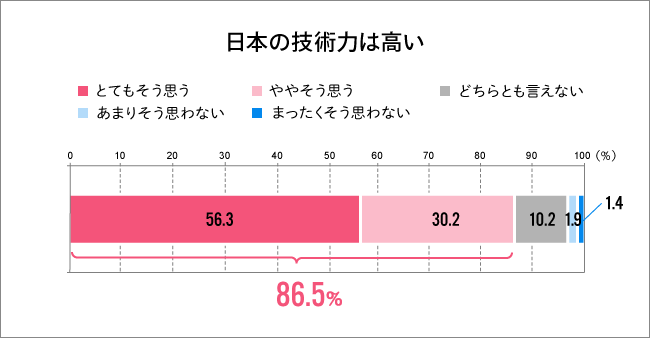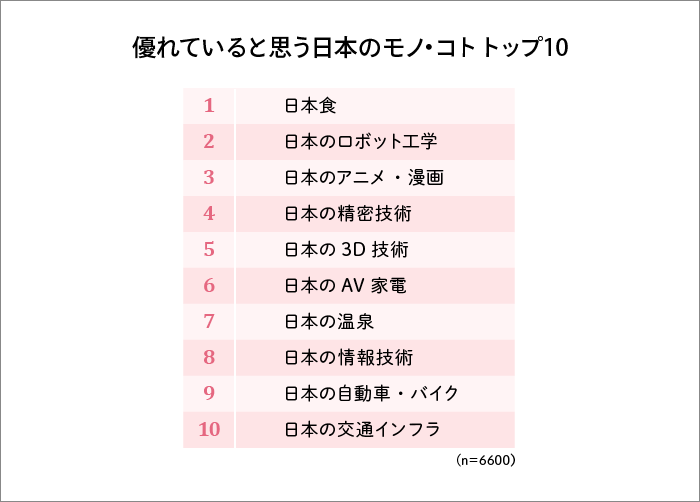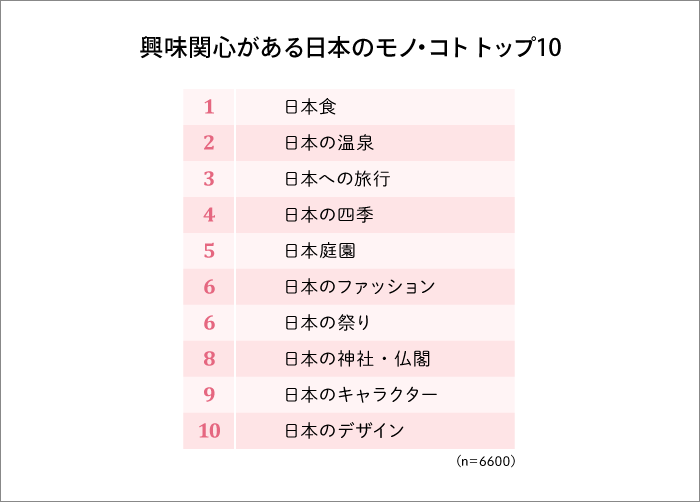This series explores insights for future inbound business based on the "Japan Brand Survey 2019," conducted in 20 countries and regions in December 2018. Drawing on survey results such as "Attitudes Toward the Osaka-Kansai Expo" and "Japanese Products and Experiences of Interest," we will consider inbound opportunities for 2020 and beyond.
About half are aware of the Osaka-Kansai Expo. Nearly 40% express intent to visit!
The 2025 Japan International Exposition (hereafter, Osaka-Kansai Expo) will be held in Osaka. This marks the first time in 55 years that the event will be hosted in Osaka. It has become a major topic, with various developments making news.
Interest isn't limited to Japan. When asked about the Osaka-Kansai Expo in this survey, 49.5% of respondents across 20 countries and regions knew that the Expo would be held in Osaka in 2025. This reveals that nearly half are aware of it.

Furthermore, 40.3% of respondents expressed an interest in visiting Japan to see the Expo (combining those who "know it will be held in Japan and plan to visit" and those who "know it will be held in Japan and want to visit").
By region, in Asia, particularly the ASEAN area, 50.2%—nearly half—expressed an intention to "visit Japan to see the Expo." The country with the highest intention was Vietnam at 58.7%. This indicates that for nearly 60% of people, the Expo could be a reason to visit Japan. What lies behind this level of interest?
Is the high interest in the Osaka-Kansai Expo a reflection of interest in Japanese technology?
In a survey asking about "Japanese products/things considered excellent," "Japanese cuisine" ranked first. Second was "Japanese robotics," and third was "Japanese anime/manga."
Looking at the top 10 items, over half are technology-related. By region, ASEAN countries particularly highly value Japanese technology, with "Japanese robotics" ranking first, "Japanese cuisine" second, and "Japanese automobiles/motorcycles" third.

Furthermore, 86.5% of respondents believe "Japan has high technological capabilities," indicating the image of Japan as a technologically advanced nation remains strong. Here too, ASEAN scored particularly high at 92.7%, meaning nearly everyone there perceives Japan as having "high technological capabilities."
This high evaluation of Japan's technological prowess is likely fueling interest in the Osaka-Kansai Expo.
Fashion, Anime, and Manga as Catalysts? Expanding Inbound Potential
So, what will draw more visitors to Japan in the future?
Looking at "Japanese things/experiences they are interested in," besides tourist attractions like hot springs, many people cite modern culture elements such as "Japanese fashion," "Japanese characters," and "Japanese design."
Particularly, "Japanese fashion" scored highly in Asia and ranked 5th in the UK. Similarly, "Japanese design" ranked 5th in Canada, attracting interest even in countries where visit intentions or overall interest in Japan are not particularly high.
In Part 3, we introduced that "shopping" ranked among the "Top 5 Things to Do in Japan." Of course, "Japanese cuisine," "hot springs," and "the four seasons" are also linked to "Things of Interest in Japan."
People who appreciate Japanese fashion and design sense may increasingly visit Japan, thinking, "I want to experience things I'm interested in, like hot springs, in their place of origin, and buy things I'm interested in there."
For example, it's already making news that many foreigners are visiting "locations" featured in anime like "Slam Dunk" and "Your Name" (Anime/Manga ranks 11th in "Things/Experiences in Japan They Are Interested In").
Beyond traditional tourist attractions, modern Japanese culture—including anime/manga, fashion, characters, and design—is drawing visitors with diverse purposes. This highlights the broad potential for Japan's unique inbound tourism.
In Parts 3 to 5 of this series, we noted that even as the nationalities and purposes of visitors diversify, "Japanese cuisine" remains a major factor for visiting Japan.
Moving forward, "Japanese technological prowess"—which also underpins the high interest in the Osaka/Kansai Expo—and the act of purchasing Japanese products that leverage this technological strength and increasingly sought-after design and aesthetic sense will emerge as new motivations for visiting Japan.
In the next installment and beyond, we will delve deeper into these "Japanese products" and "Japanese cuisine."
Overview of the Japan Brand Survey 2019
・Purpose: To understand overseas consumers' perceptions and actual behaviors regarding the overall "Japan Brand," including food, tourism, and Japanese products
・Target Areas: 20 countries and regions
China (Group A = Beijing, Shanghai, Guangzhou; Group B = Shenzhen, Tianjin, Chongqing, Suzhou, Wuhan, Chengdu, Hangzhou, Dalian, Xi'an, Qingdao), Hong Kong, Taiwan, South Korea, India, Singapore, Thailand, Indonesia, Malaysia, Vietnam, Philippines, Australia, USA (Northeast, Midwest, South, West), Canada, UK, France, Germany, Italy, Russia, Turkey
*This time, Brazil—which showed little change in past survey trends—was excluded, while Turkey, gaining attention for inbound tourism, was added.
・Survey Method: Online survey
・Respondent criteria: Men and women aged 20–59 *Middle-income level and above
*Definition of "middle-income class" (income criteria): Criteria set for each country based on national average income (OECD statistics, etc.) and social class classification (SEC)
・Sample size: China: 300 each for A and B groups, total 600; USA: 600; Other regions: 300 each, total 6,600
・Survey Period: December 2018
・Research organization: Video Research Ltd.








